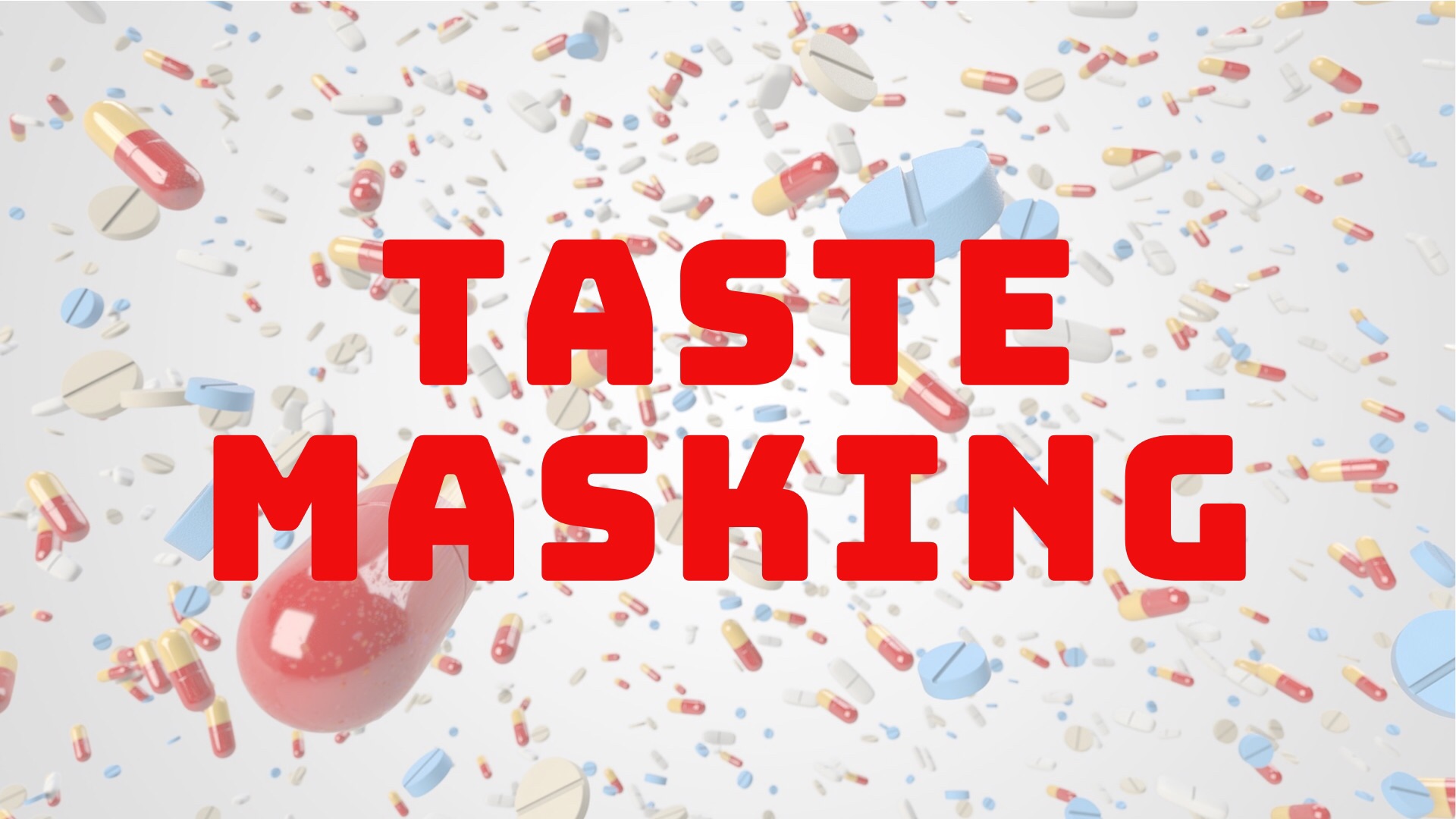Taste Evaluation by Electronic Tongue and Bioavailability Enhancement of Efavirenz

Self-nanoemulsifying drug delivery systems (SNEDDS) are isotropic and thermodynamically stable mixtures of oil, surfactant, co-surfactant, and drug which emulsify spontaneously on contact with aqueous phase under mild agitation. Efavirenz used for treatment of acquired immune deficiency syndrome, is poorly water soluble and bitter tasting drug resulting in “burning mouth syndrome (BMS).” The objective of this study was to improve solubility and oral bioavailability by formulating liquid-SNEDDS and to mask bitter taste and minimize BMS. Capmul PG8 NF, Cremophor RH40, and Transcutol HP were selected as oil, surfactant, and co-surfactant. Ternary phase diagrams were constructed to evaluate the nanoemulsification region. A 32 factorial design was employed to optimize L-SNEDDS with droplet size and drug release as responses. Optimized batch was subjected to evaluation of taste by human panel method and electronic tongue, cloud point determination, phase separation, in vivo and stability studies. The optimized batch exhibited droplet size of 21.53 nm, polydispersibility index 0.155, and in vitro drug release of 92.26% in 60 min. The in vivo studies revealed 4.5 times enhancement in oral bioavailability. Taste evaluation indicated reduced the intensity and shortened duration of BMS. The formulation was stable at 40°C ± 75% RH after 3 months. Comparison between standard bitter drug and efavirenz in SNEDDS formulation using e-tongue by principal component analysis revealed significant differences in discrimination index, computed by multivariate data analysis. This study demonstrated that L-SNEDDS may be an alternative approach to improve solubility and oral bioavailability and for masking the bitterness of efavirenz.

